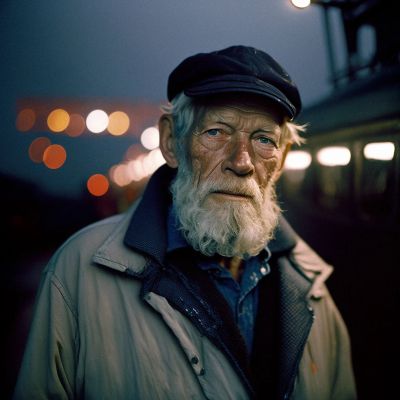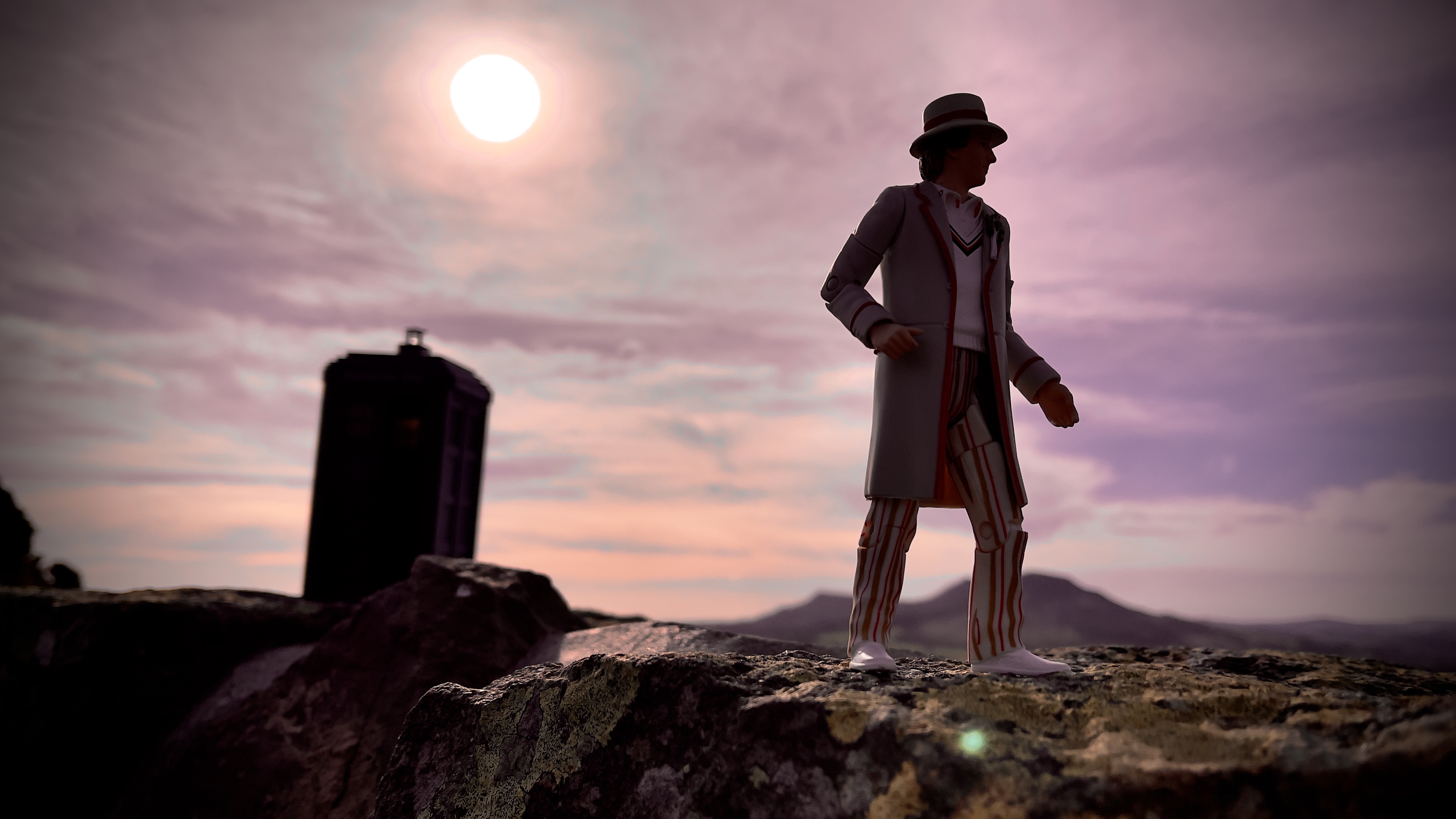Can you tell which of these cover photos is AI generated?
Here are two magazine cover photos – one of which is AI-generated. Can you tell which is it?

In the days since DALL•E 2 became available to everyone, AI image generation has become so advanced that it’s difficult to tell the difference between real photos and fake ones. Réponses Photo, a french photographic magazine, has now stirred up even more controversy in the AI world, after the March edition featured a hyper-realistic AI portrait on its front cover.
The cover image was created using one of the best AI image generators, Midjourney. Not only is the picture incredibly detailed, it has a believable depth of field, beautifully rounded bokeh in the background, is perfectly in focus and has correctly proportioned facial features – which is more than can be said for some of the Lensa generated AI avatars.
The monthly magazine decided to run with an AI-generated cover shot to show how difficult it's becoming to tell the difference between an authentic image and one generated by artificial intelligence.
Although it didn’t state on the cover that the image was AI-generated, it did include a detailed article inside that revealed the photo was created with Midjourney using the prompt "photo of an old sailor at night in front of his boat taken on an analog medium format camera."
This isn't the first time a realistic portrait has been created using AI, just last year the Turkish photographer Alper Yeşiltaş created a series of photos where he imagined what dead famous would look like today with a little help from AI.
As AI image generators continue to become more intelligent, their uses continue to grow – and concern about how photography competitions will handle AI submissions is rising. We've just seen an AI-generated image fool judges and become the world's first to win a photography competition. The image depicting two surfers riding a wave at sunset wasn't real and, although the winner did own up to the stunt, the photography community was left shaken and angry that it was possible.
It's a bold move for a photography magazine to post an AI image on its cover, especially considering that the same magazine runs its own photo competitions, but it opens up the conversation around what measures can be put in place to ensure that AI images don't slip through the cracks.
The best camera deals, reviews, product advice, and unmissable photography news, direct to your inbox!
There is undoubtedly a place for AI images to exist alongside real photographs, so long as there is a definite separation. Photographers shouldn't feel like their worse is less valuable, because someone can type a text prompt into a search bar and end up with a photo that would've taken hours of planning and preparation to achieve.

Having studied Journalism and Public Relations at the University of the West of England Hannah developed a love for photography through a module on photojournalism. She specializes in Portrait, Fashion and lifestyle photography but has more recently branched out in the world of stylized product photography. Hannah spent three years working at Wex Photo Video as a Senior Sales Assistant, using her experience and knowledge of cameras to help people buy the equipment that is right for them. With eight years experience working with studio lighting, Hannah has run many successful workshops teaching people how to use different lighting setups.

